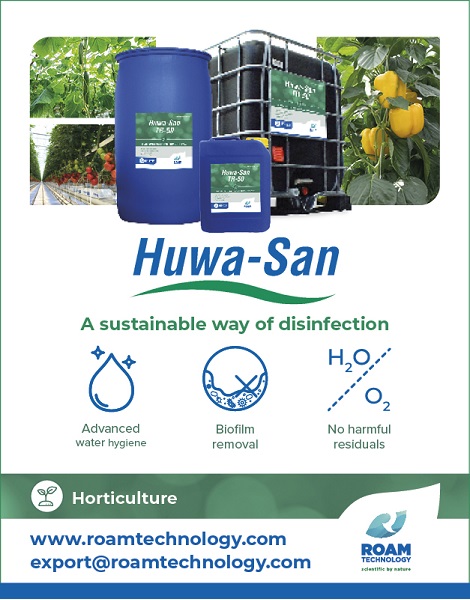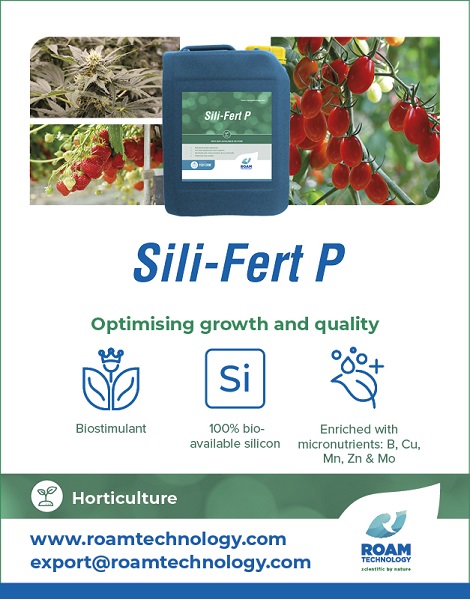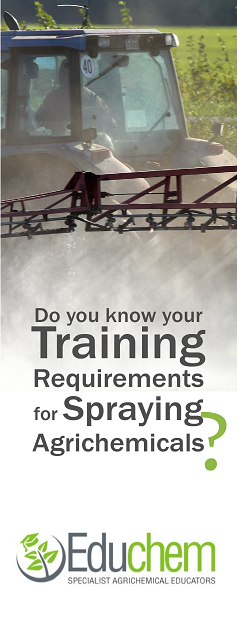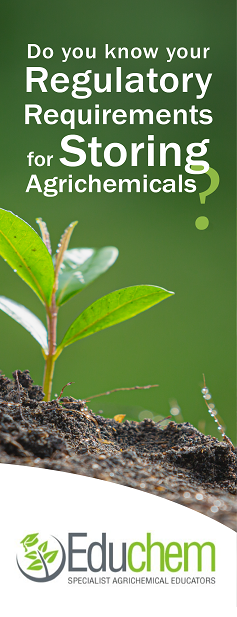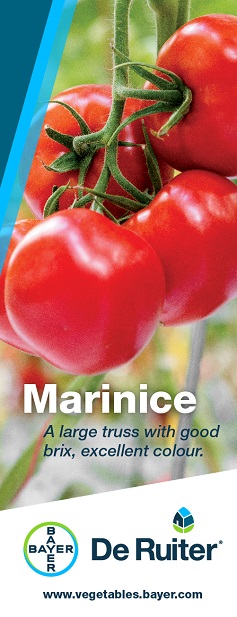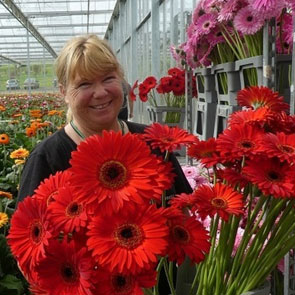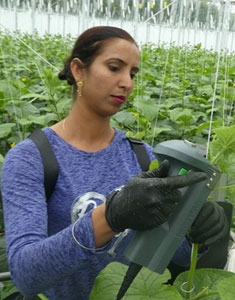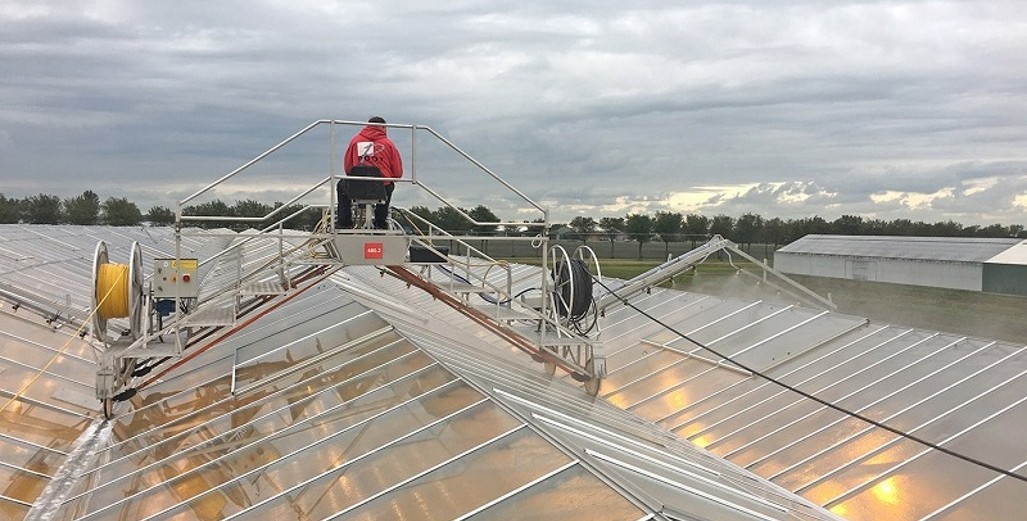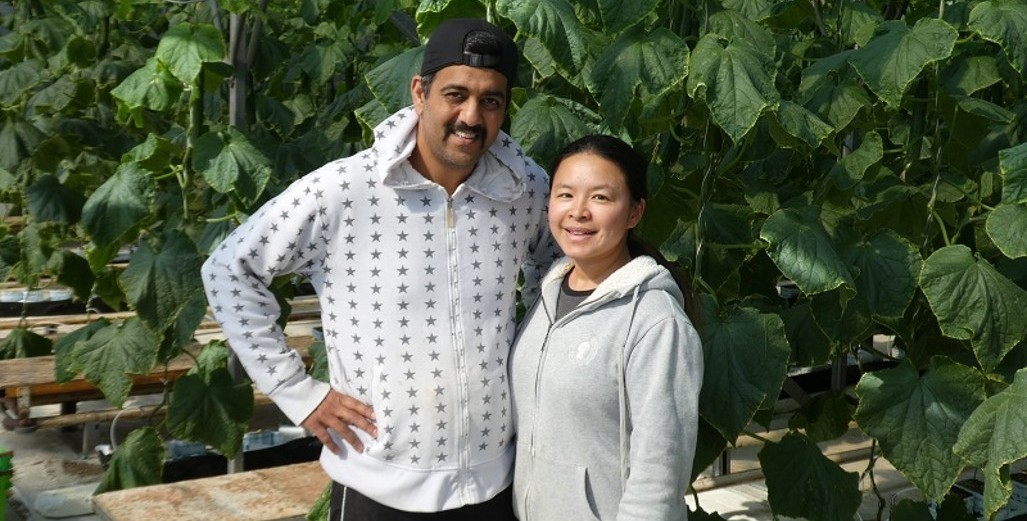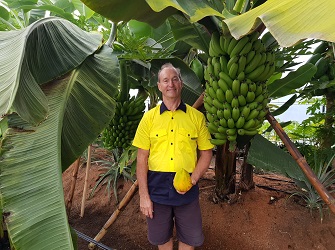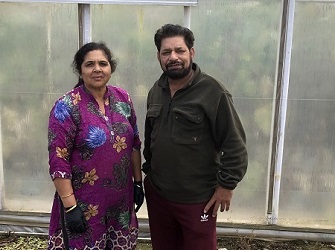Sign up here to subscribe to the Grower2grower Ezine. Every two weeks you will receive new articles, specific to the protected cropping industry, informing you of industry news and events straight to your inbox.
May 2022
Proof of concept should prompt serious feasibility consideration
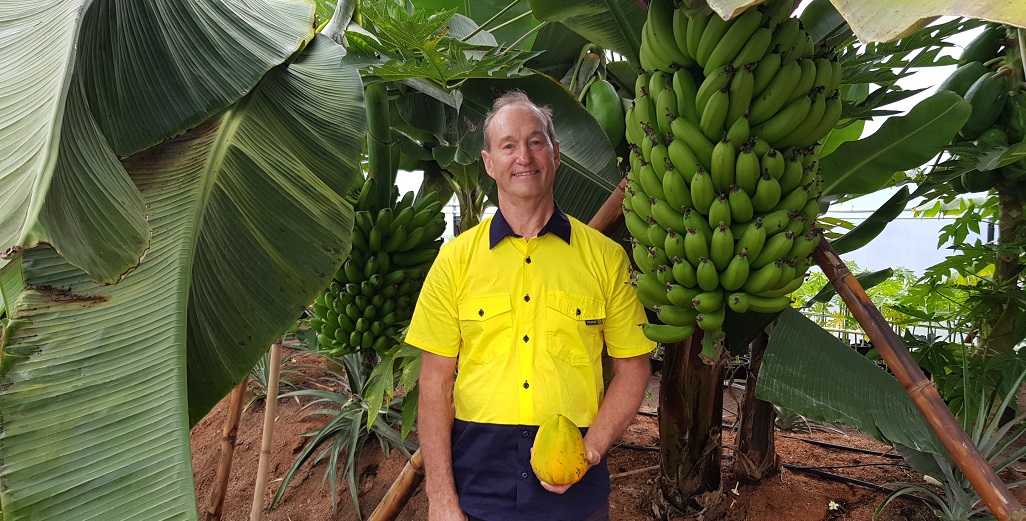
Kotare Subtropics are Demonstrating the Viability for New Zealand Greenhouse Grown Bananas
Last week I had the pleasure of visiting Geoff Mansell, co-owner of Kotare Subtropical Nursery, in Maungatapere, Northland. They have recently built a high-tech plastic greenhouse where nursery plants are grown. The property is also home to an outdoor orchard producing Banana’s, Figs and Feijoa’s.
Geoff is turning what, in the past, has been a hobby in New Zealand, into what could potentially become a commercial industry. He is not only growing young bananas plants to sell from his greenhouse nursery, but is also using his greenhouse for proof of concept, by growing his plants through to maturity/harvesting stage, and has found a route to market. Outside, right next to the greenhouse, are rows of bananas growing happily with rye grass cover sugar cane, and nasturtium. All the bananas are heavily mulched for water conservation. These bananas plants are being harvested year-round and are also producing young pups for nursery stock.
In the greenhouse, and outside, there are a vast number of varieties, at all different stages of development. The greenhouse has already demonstrated an increased speed of development, from planting to harvest and with the extra temperature, the fruit size and bunches are larger, therefore producing more kg’s per plant. This allows for a fast turnaround before the new mother and daughter plants can produce in that space. No additional heat is used, only what is generated by the sun. Even in Winter the soil temperature stays higher in the greenhouse, this is particularly important.
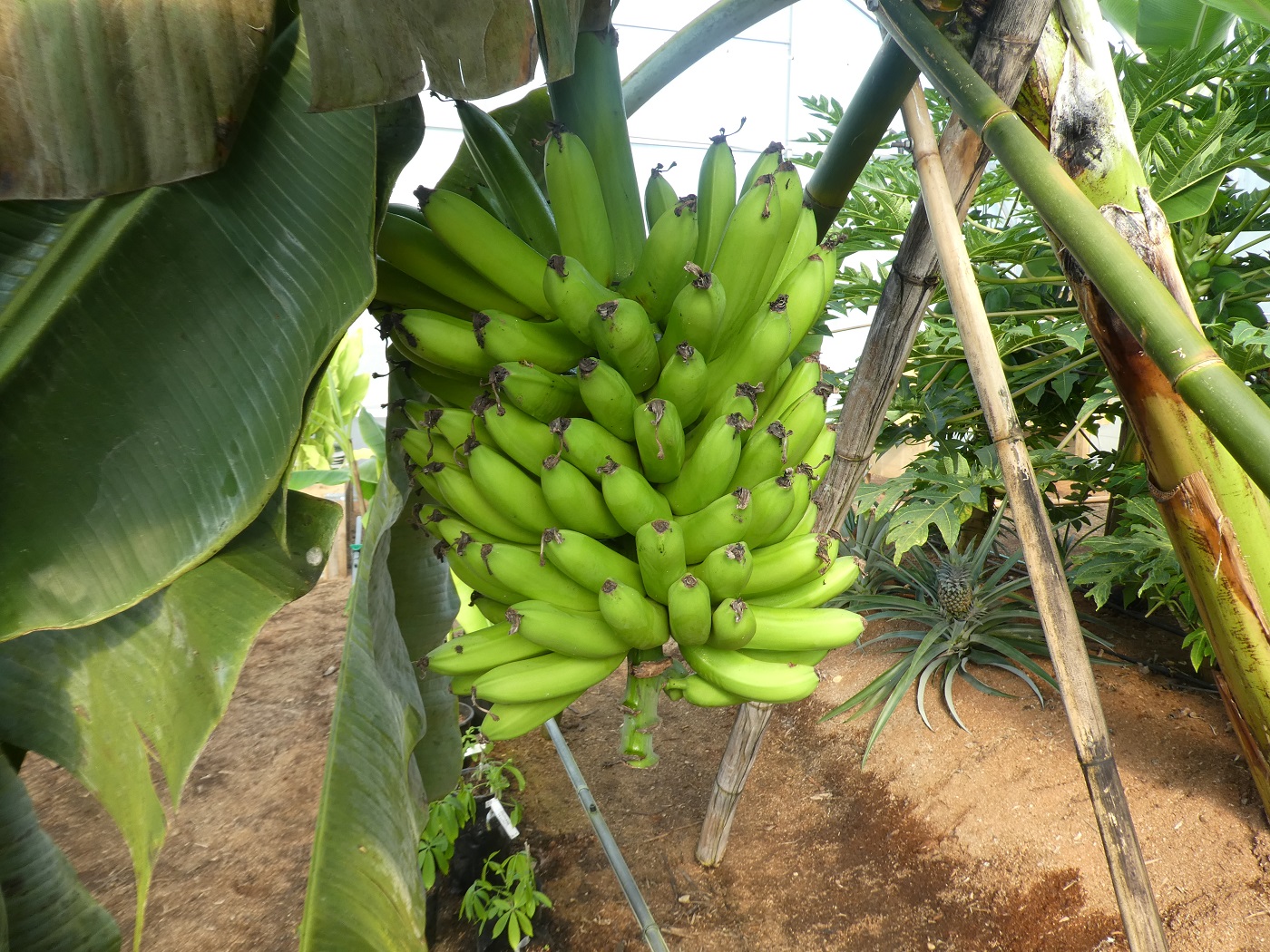
The different varieties are being assessed for not only taste, yield, and quality but also suitability to be grown in a greenhouse. Identifying labour friendly varieties, which can be pruned and harvested from the ground, to minimise the use of ladders, is also a consideration. Growers that have pipe rail systems will be in a better position to work with taller varieties. One variety, showing promise, is just too tall for many existing greenhouses but for taller structures showed promise, however, this would require working with ladders if you did not have a pipe rail system. Geoff will assist customers when determining what to plant at their location.
Production of pups (young plants) is why you need a large mother stock. Geoff is currently able to produce enough young plants for the market but if large scale operations are established then potentially tissue culture, to reproduce nursery stock, will be necessary. This will allow growers to plant at specific times and be able to spread out their harvest.
For any business, to look at this opportunity seriously they need to have reliable growing information including:
- Potential yield per m2 or plant depending on variety annually.
- Plant density/layout
- Labour input
- Fertiliser cost per hectare
- Watering strategy Insect or plant health issues
- Harvesting heights
- Total plant height
- Fruit size, shape and skin thickness for transportation and crating
- Bunch size, bunch cycling times, bunch covering requirements
- Storage, ripening and optimal shelf-life characteristics
- Resistance to soil-borne fungal disease which adversely affect overseas producers
- Plant training; and
- Replant and spelled times
Collecting this information is possible from the greenhouse. Prior research conducted, in other parts of the world, has some documented advice on growing bananas in controlled environments. However, having the proof of concept in our own back yard is priceless. There are opportunities to either grow in the soil or substrates in greenhouses. Warmer ambient temperatures are making it more successful to grow plants outside, but it is still cold slowing development. There may even be opportunities to convert heated greenhouses to growing bananas and only using heat if temperatures drop too low. Specifically, below 14 degrees is not ideal but even a small lift to prevent cold damage will be beneficial.
My initial thoughts are that a greenhouse high or low tech, with or without heating, will provide an environment much more suitable for increased banana productivity especially in the Auckland, Northland and Bay of Plenty regions and possibly Gisborne. More research is required but a huge step in the right direction has been taken.
These bunches are not yet at full maturity. The volume and size compared to outside bunches are noticeably higher in the greenhouse.
Marketing and Returns
Geoff has recognised the importance of marketing sub-tropical products. He has not stopped at propagation and growing but has also setup direct links to market, via KS Multi-Site Grower an NZGAP certified marketing, quality assurance and land/resource integrated organisation. (See below)
Returns for naturally ripened NZ grown bananas (all imported bananas are artificially gas ripened) are between $5-7 per kg, farm gate return. This is higher than imported bananas. However, as New Zealand production systems are still being refined, and yield per plant/m2 increases annually, this could change. There are much higher wages to be paid in NZ, and even with all the carbon miles imported bananas come with, it will always be difficult to compete with low-cost imports. There is an opportunity, I believe for NZ grown bananas to be made available to consumers on a large scale. I think many New Zealanders will pay more for sustainable home grown produce. I have written, in a previous article, the scale we would need to be able to supply the domestic market – it is extensive and won’t happen over-night.
Already, there is a proven appetite for NZ grown bananas in Northland mainstream supermarkets and farmers markets and niche markets in the Bay of Plenty. Globalisation is being challenged as it is necessary to become more insular. Food security is particularly high on this agenda – Bananas are consumed in huge numbers in NZ – I would estimate currently we import 99.9% of the bananas consumed – that is why this is such an opportunity to be explored further.

Young nursery plants in pots all pre sold.
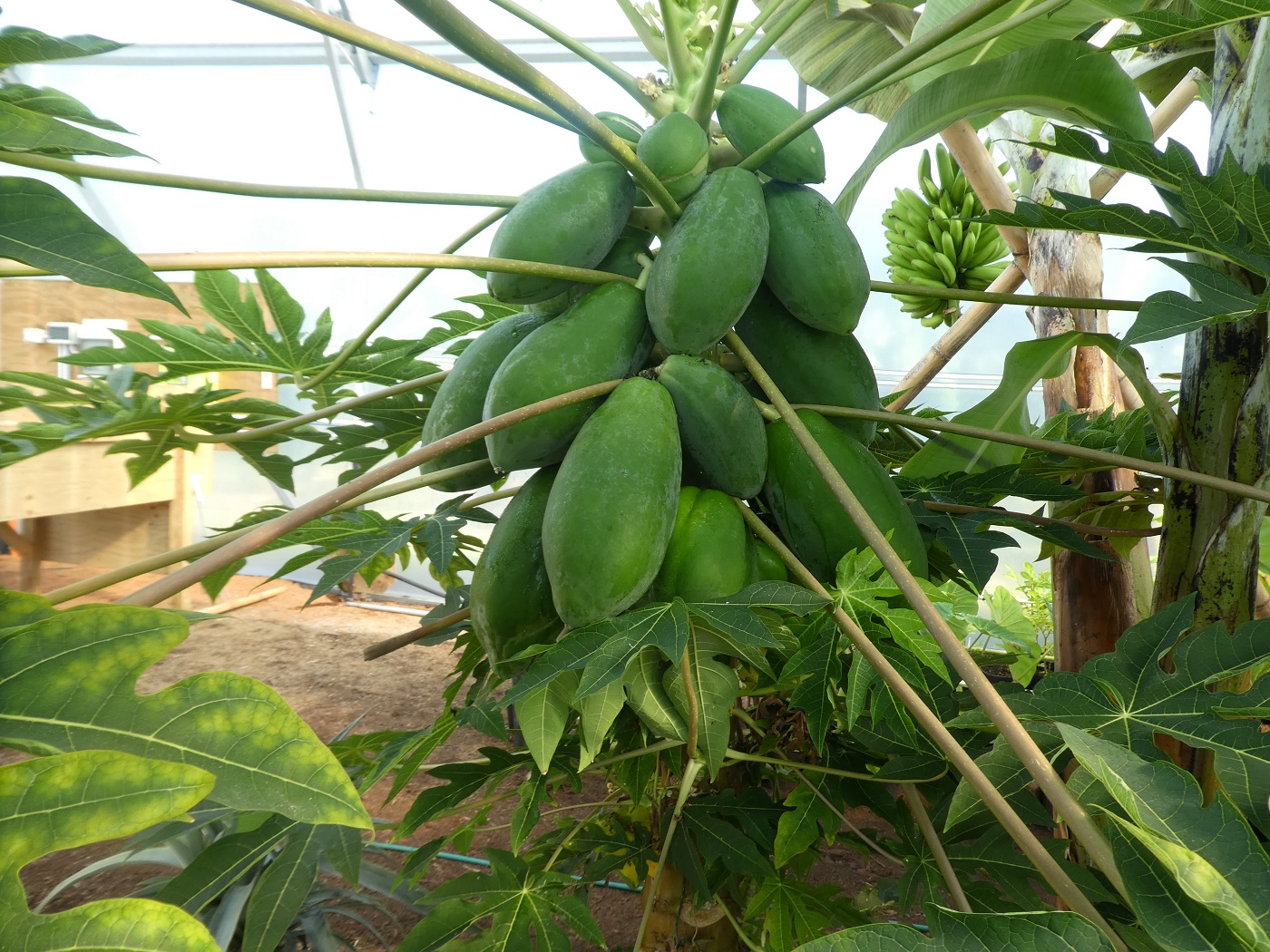
Geoff is also growing nursery stock of Papaya for sale as well as growing plants to maturity. I will cover this and the pineapples in a future article.
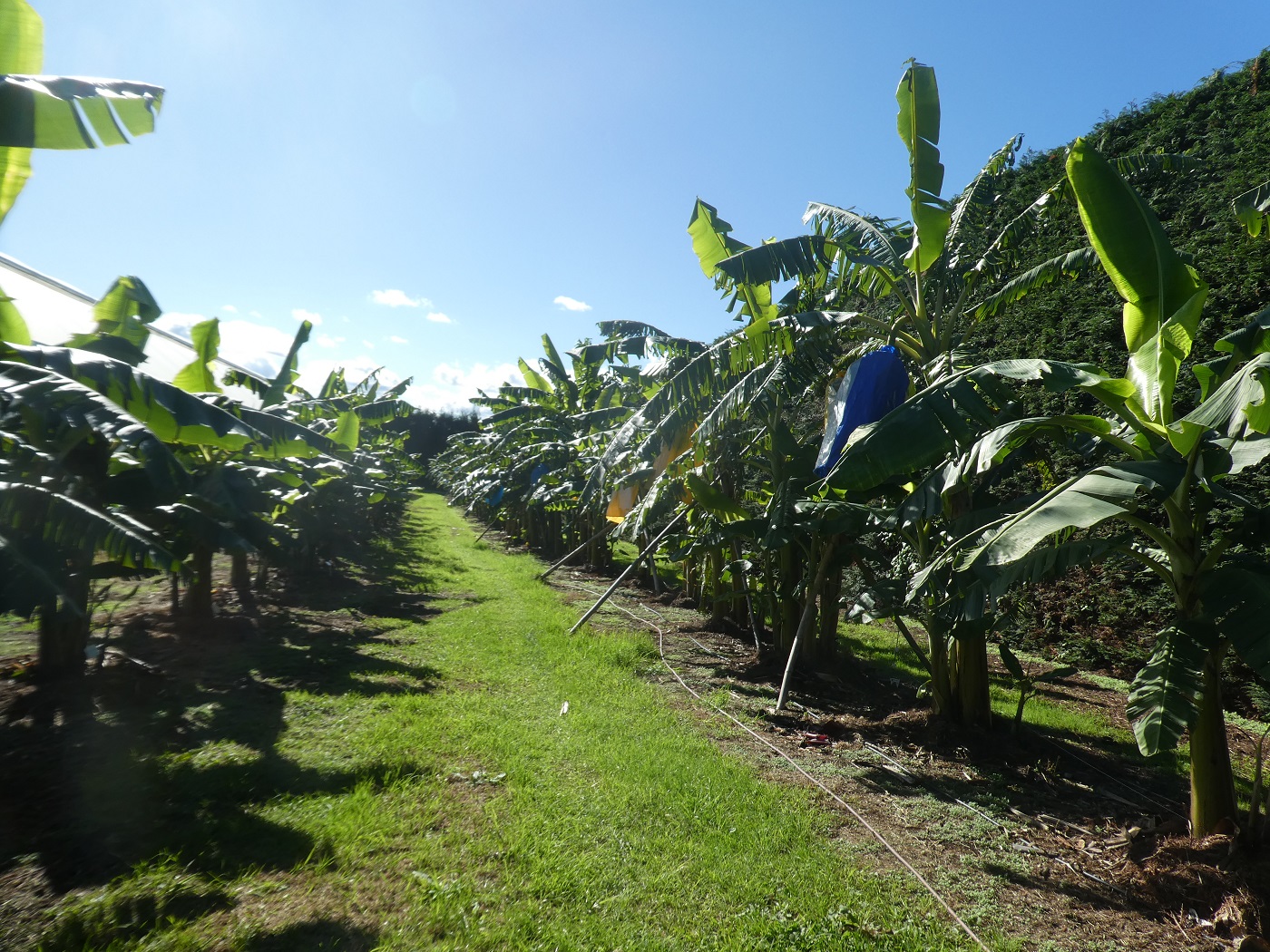
Outside Geoff has hundreds of bananas growing from which he harvest pups from as well as growing through to maturity to supply produce to the market.
The Kotare Subtropical Multi-site Grower (KS), produces, packs, transports, wholesales and retails quality subtropical fruits and produce including but not limited to: heritage vegetables and traditional vegetables, Banana, Black Sapote, Casimiroa, Cherimoya, Feijoa, Fig, Finger lime, Ginger, Granadilla & other passionfruit, Jaboticaba, Kumquat, Lucuma, Macadamia, Mango, Papaya including Rainbow Valley Pawpaw, Peanut, Physalis (Cape Gooseberry), Pineapple, Pomegranate, Starfruit/Carambola, Sugar Cane, Turmeric from our mara kai (orchard or food garden) Production Areas. Some site operators prefer to produce more than one of these crops because to make efficient use of labour, sequence workload and enhance annual spread of revenue.
Contact Geoff Mansell for all your nursery and consultancy requirements
E – kotarefarm@yahoo.co.nz
P – 0274 347 041
A – 68 Snooks Road, Maungatapere, New Zealand, 0179
Article written and compiled by Stefan Vogrincic
All Article’s checked and edited by Marie Vogrincic
I appreciate your comments. Please feel free to comment on the grower2grower Facebook page:
https://www.facebook.com/StefanGrower2grower/
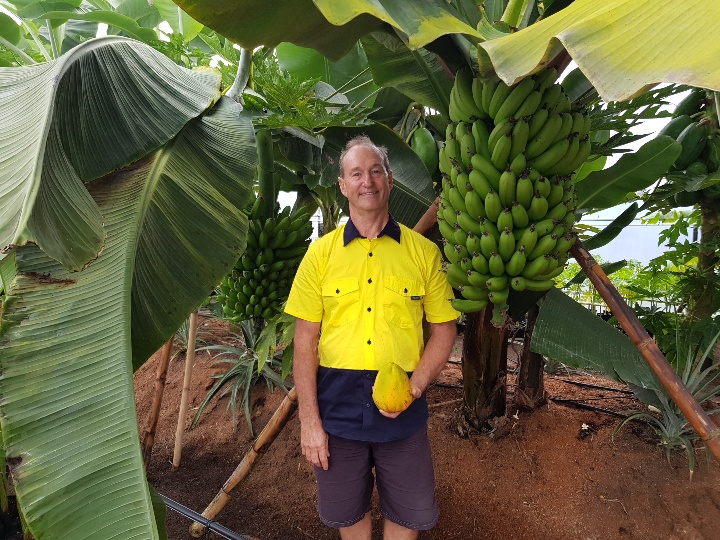
Cover photo Geoff with his bananas and holding a recently ripened Papaya.
CLASSIFIED
Photo
Gallery
Subscribe to our E-Zine
More
From This Category

TNZ Mini Conference August 2024
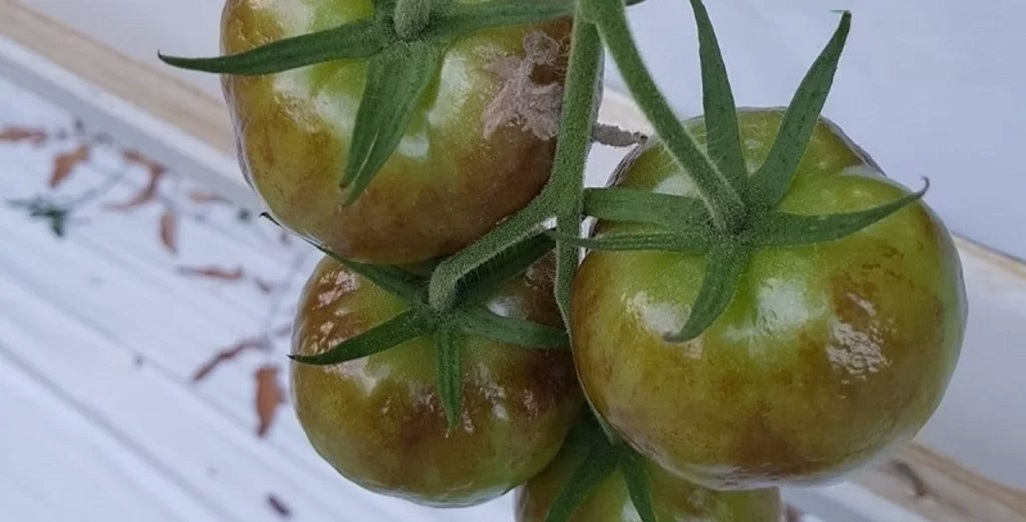
MPI – decision to temporarily suspend all Imported Australian fresh Tomatoes the correct one.

Plant & Food Research welcomes changes to gene technology regulations

Tomato grower applies Tobre after contamination

KWS inaugurates new R&D facility in Uberlândia, Brazil








